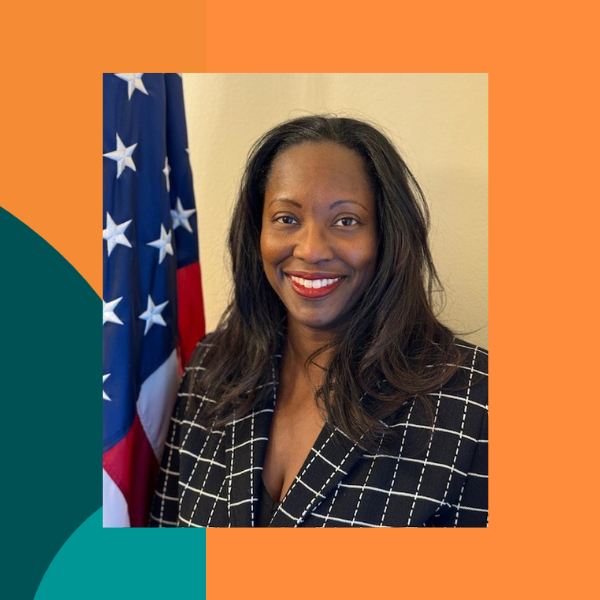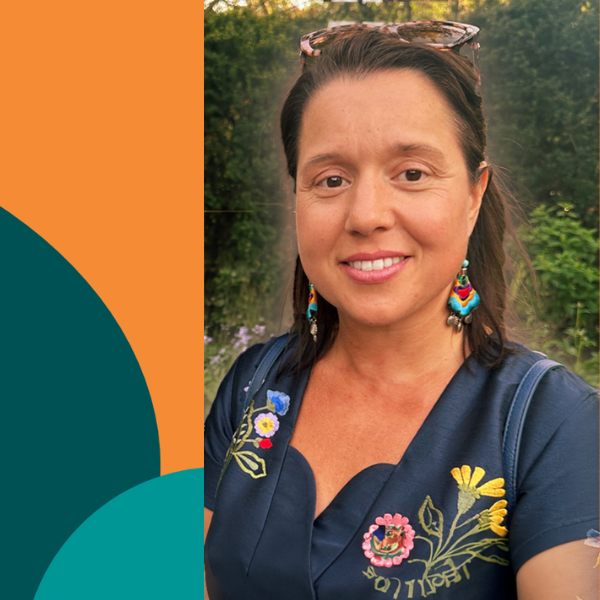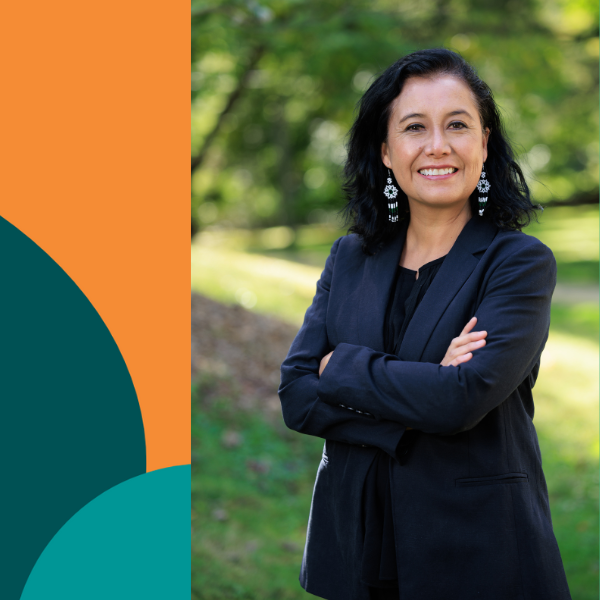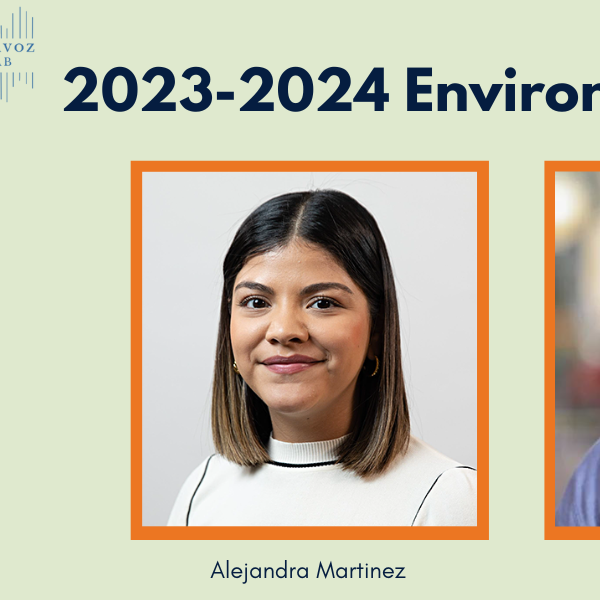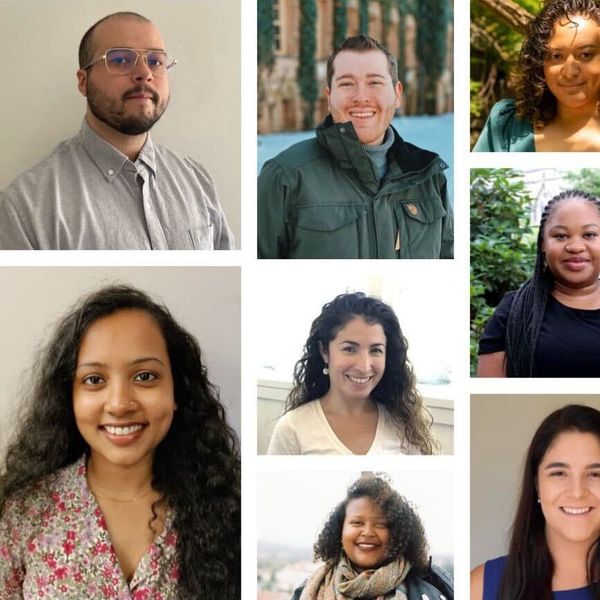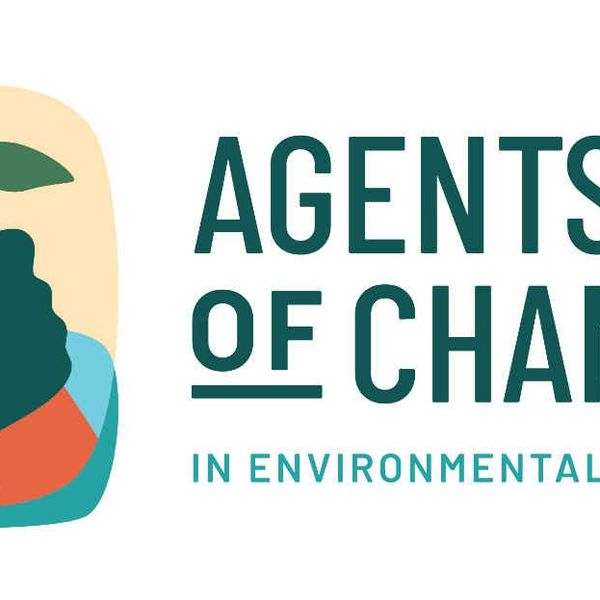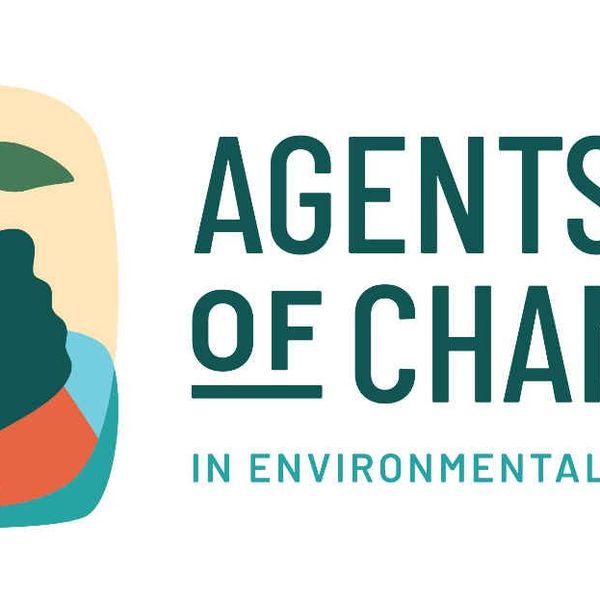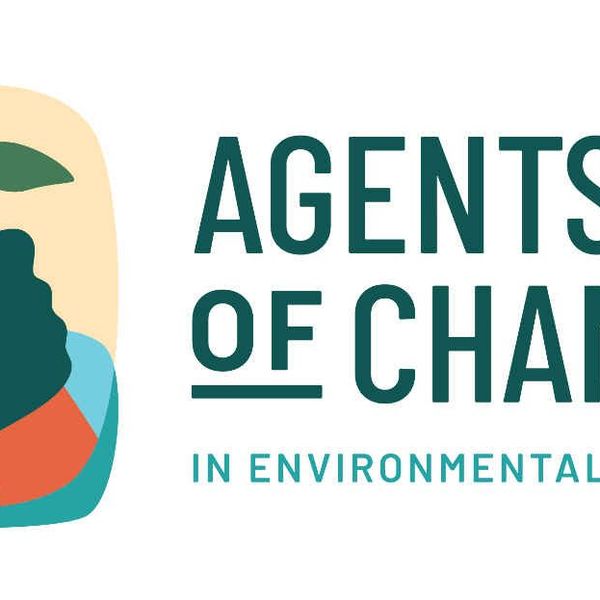They say looks aren't everything, but they're something. Since I was a young girl, I knew this in my gut.
I made it to the family party in Nogales, Arizona, in my 18-year-old station wagon on a Sunday afternoon in late 2022. My station wagon never fails me. Separated by the pandemic, I had not seen my family from Mexico in years. During those years apart, I completed a doctoral degree. I knew most of my family did not understand why someone would undergo that four-year process. It seemed strange to them. It's an arduous journey not meant for people that look like me.
The smell of carne asada cooking on a typical metal drum grill swirled as I proudly showed my cousin my new professional headshot. He asked, "Why aren't you wearing makeup in that picture?" I thought, "Why don't I?" but all I could say was, "Because it has stuff in it that you don't want to put on your face." We laughed, but what he said struck a chord. It reminded me how beauty standards are everywhere. My immediate laughter was a veil, obscuring what I had experienced in the past.
In Mexico, beauty standards are racialized like elsewhere: the closer someone’s features are to whiteness, the more beautiful they are perceived by society. These beauty standards have helped to solidify unjust power structures in our world – sending the message to racial and ethnic minority groups that they are less attractive is one way white supremacy perpetuates itself. Generations of people have experienced persecution because of their skin color, how they style their hair and how they dress. People of color, particularly Black women, have faced workplace discrimination because of trivial things like hairstyle choices. And, in the pursuit of escaping these judgments, we have put ourselves at risk: w omen of color have higher levels of chemicals in their bodies related to beauty products than white women. These include chemicals linked to cancer, asthma, kidney impacts and damage to the reproductive and nervous systems.
This essay is also available in Spanish
Our bodies bear a disproportionate burden of beauty. The beauty industry has convinced us that we, the consumers, are responsible for our exposure to harmful chemicals, even though these companies add them because it’s profitable to do so. They have evidence these chemicals are harmful. And they're not just hurting consumers — salon workers are heavily exposed to these toxics as well.
Challenging how we regulate toxic chemicals and our collective definition of beauty is key to ensuring the well-being of those disproportionately affected by beauty injustice.
Beauty standards and racism
I was the first female in my family in generations born with beautiful brown skin. My Mexican mother married my Indigenous father, which resulted in a unique look for my family. Yet, early on, I knew complexions closer to those of most Europeans were favored over mine.
In Mexican culture, there is a racist logic that privileges European-looking complexions over brown ones. The mestizaje logic, which exists in most Latin American countries, denies racism exists, suggesting that all Latin Americans, being a mix of European, Indigenous, and Black peoples, are valued the same. But, of course, that does not play out in real life. Those around me called a typical beautiful woman güerita or blanquita (little white woman). I saw women manipulate their physical attributes to match those of güeritas. My profile was rare wherever I looked in mainstream media and fashion in Mexico and the United States. It is through these messages that I learned how to shape my looks.
With time, I've realized that the insecurities perpetuated by this imprisoning beauty system feed a multi-billion-dollar market. In 2019, Latinx women in the U.S. spent more than $2 billion on cosmetics – surpassing what the general white consumer pays – mostly purchasing makeup marketed explicitly to us, upholding racist beauty ideals.
By becoming a scientist, I thought I could escape this mandate. After all, being uninterested in looks is a scientist's badge of honor. Albert Einstein wore the same style of clothes for a reason, and he inspired many others to do so. But even if I tried, I don't fit the mad scientist trope too busy working on research to care about looks.
As a brown female scientist working in a white-dominated field, my skin color, what I wear and how I style my hair says something to those on the outside looking in. I use beauty products and services to feel comfortable and fit in as much as possible. But in my experience, scientists do care about their looks. They compare. They want their headshots to look just right. And for women of color in science, this "I-don’t-care-about-looks" badge of honor is not an option. Being taken seriously professionally means also worrying about physical presentation.
Beauty salon workers

Both clients and beauty salon workers are exposed to chemical compounds in products like hair dyes, oils, and relaxers, but workers are exposed to these chemicals daily.
Credit: Giorgio Trovato/Unsplash
The burden of beauty, however, doesn't only fall on the shoulders of those of us who spend hours and dollars to fit into the beauty standard. When we think about chemical risks at the beauty salon, we may think about ourselves sitting in that chair. We rarely stop and think about how beauty salon workers are impacted.
Small-business-beauty-salon workers are primarily self-employed women of color who survive on low wages and do physically demanding jobs without affordable medical care. They also experience sexism and racism. Both clients and workers are exposed to chemical compounds in products like hair dyes, oils, and relaxers, but workers are exposed to these chemicals daily. And yet, the entire scope of chemical risks beauticians encounter in their daily work lives is understudied.
That's why we want to understand the chemicals beauty salon workers are exposed to at the University of Arizona's Mel and Enid Zuckerman College of Public Health. Our research fills the gap in understanding how volatile organic compounds, a set of chemicals that easily become a gas, interact in the beauty salon setting and what interventions may protect workers' health.

Author Denise Moreno Ramírez's parents in the 1970s.
Photo provided by Denise Moreno Ramírez
In Tucson, Arizona, I've seen firsthand the impacts of decades of policy gaps and lax enforcement in the small businesses I visit. Beauticians suffer illnesses and injuries tied to their occupation. They report lung irritation, allergy problems, inflammation and skin issues. The responsibility to ensure personal protection is passed on to these already taxed workers to buy non-toxic beauty products, identify and remove chemical hazards, or modify salons they don't own. This group of workers, which helps many of us feel confident in our skin, is experiencing slow, daily violence that needs to end.
Researchers are trying to catch up and provide evidence to change antiquated policies. We are also rushing to improve our understanding of this population's health risks. We need to fund studies that look at complex mixtures because this is the reality of the workplace environment. To truly protect beauty salon workers, we also need to eliminate or ban harmful chemicals in cosmetic products – this means that as environmental and exposure science investigators, we can't avoid pushing for policy changes or joining coalitions that do this work. We must research and advocate simultaneously.
For real change to happen, we need to center these beauty injustices, advocating for the U.S. government entities overseeing the safety of beauty salon workers and the products they use. The Food and Drug Administration (FDA) recently retained the ability to take beauty products that impact human health off shelves, but the agency needs more power to fix the problem at the source, such as banning problematic manufactured chemicals like formaldehyde, parabens, and phthalates, to name only a few. We’ll unlikely have a life without harmful substances. Yet, we can advocate for policies prioritizing human health and the environment even in the face of uncertainty in science and policy.Changing our definition of beauty
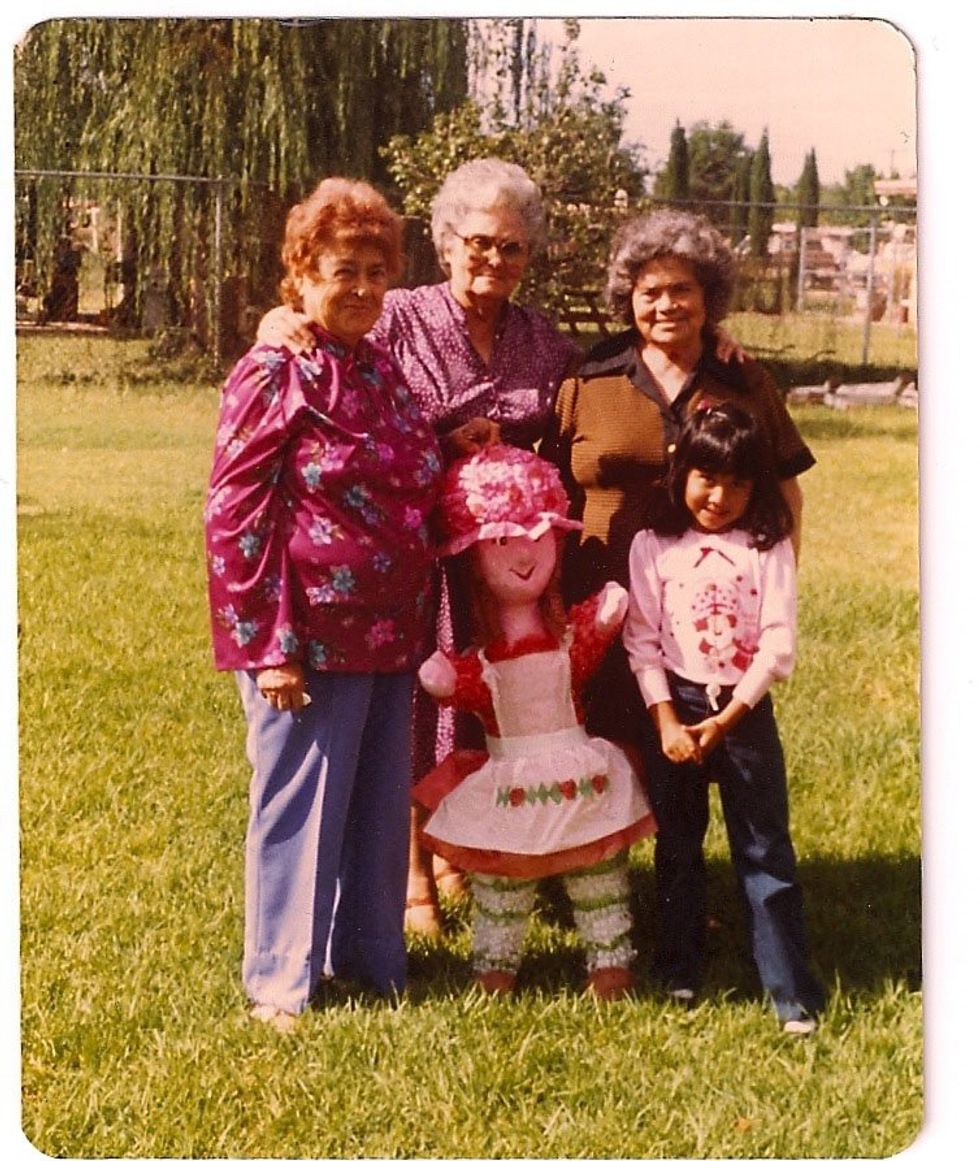
Author as a child with her grandmother (center) and other family members.
Photo provided by Denise Moreno Ramírez
I reflected on my experience with racialized beauty standards at that family party late last year. I am reminded of them everywhere I go at work and home. We, Latinxs, represent many eyelash sets, eyeshadow compacts, and hair oil bottles for the beauty industry. And as the U.S. Latinx population grows – it is estimated that by 2050, 30% of the U.S. population will be Hispanic – we can be sure the beauty industry is preparing to keep its sales high. But this demographic shift also means we'll have more power to hold the industry accountable for their support and profit from harmful racial and gender expectations.
The collective definition of beauty needs to change. That's why diversity is essential. We all need to love our looks inside and out. Today, I am unapologetically confident in my looks, but it has taken a while. I feel my best when I can be myself.
If you're a brown woman reading this: we got this. If you're not: will you fight alongside us?
This essay was produced through the Agents of Change in Environmental Justice fellowship. Agents of Change empowers emerging leaders from historically excluded backgrounds in science and academia to reimagine solutions for a just and healthy planet.
- LISTEN: Denise Moreno Ramírez on protecting workers in auto shops and beauty salons from toxics ›
- LISTEN: Marissa Chan on solutions to harmful beauty products ›
- Racist beauty standards leave communities of color more exposed to harmful chemicals: NYC study ›
- LISTEN: Michelle Gin on the role of government in advancing beauty justice ›
- Op-ed: It’s not just hair — fighting beauty injustice beyond the individual ›
- Beauty justice in the LGBTQ+ community - EHN ›
- Marissa Chan on dangerous hair care products in Boston stores - EHN ›


















